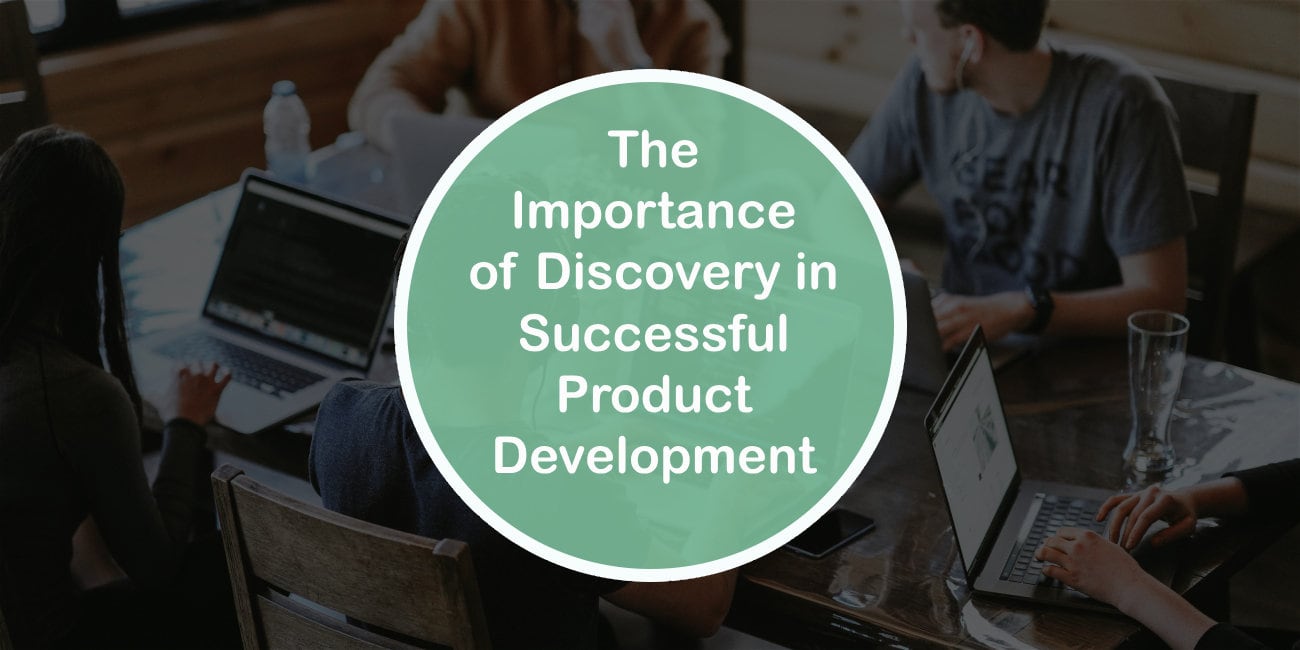The software development landscape is dynamic and ever-evolving, demanding agility, innovation, and user-centricity. At the heart of a successful software project lies a well-executed project discovery phase. This critical phase sets the foundation for the entire development journey, ensuring alignment between business objectives, user needs, and technical feasibility. While many focus on the execution stages, the project discovery phase often remains underexplored, yet it’s where the roadmap for success is crafted.

What is the Discovery Phase?
The project discovery phase is an initial stage in the software development lifecycle dedicated to gathering insights, defining objectives, and outlining the scope of the project. It’s a collaborative effort involving stakeholders, product owners, and development teams to understand the project’s vision, goals, and constraints. Beyond just a preliminary planning stage, the discovery phase is a strategic endeavor to mitigate risks, validate assumptions, and set clear expectations for all involved parties. It’s not merely a paperwork exercise but a dynamic process that fosters creativity, innovation, and clarity from ambiguity.
Understanding User Needs and Pain Points
Understanding user needs and pain points is paramount to crafting a product that resonates with its target audience. In the project discovery phase, techniques like user interviews, surveys, and persona development are employed to gain deep insights into user behaviors, preferences, and challenges. This user-centric approach goes beyond surface-level requirements gathering, delving into the emotional and functional aspects that drive user engagement. By empathizing with users and understanding their pain points, software development teams can design solutions that genuinely address their needs, fostering long-term user satisfaction and loyalty.
Defining Clear Objectives and Goals
Setting clear objectives and goals is essential to provide direction and focus during the project discovery phase. This involves aligning business goals with product features, prioritizing functionalities based on value and impact, and establishing measurable success criteria. By defining clear objectives, teams can avoid scope creep, maintain alignment with stakeholder expectations, and ensure that resources are allocated efficiently. Moreover, clear goals serve as a benchmark for evaluating the project’s progress and success, providing a roadmap for iterative development and continuous improvement.
Risk Mitigation and Feasibility Analysis
The project discovery phase is a strategic opportunity to identify and mitigate potential risks early in the development process. Through comprehensive risk assessments and feasibility analyses, teams can evaluate the technical, operational, and market-related challenges that could impact the project’s success. This proactive approach not only helps in developing contingency plans but also informs decision-making, ensuring that the project is both viable and sustainable in the long run. By addressing risks upfront, teams can navigate uncertainties more effectively, fostering resilience and adaptability in the face of changing requirements or constraints.
Stakeholder Alignment and Communication
Effective stakeholder alignment and communication are crucial during the project discovery phase to ensure that all parties are on the same page regarding project goals, expectations, and constraints. This involves engaging stakeholders through regular meetings, status updates, and collaborative workshops to foster transparency and collaboration. By involving stakeholders early and often, teams can gain valuable insights, address concerns proactively, and build trust and buy-in for the project. Additionally, clear and open communication channels facilitate smoother decision-making processes, reducing misunderstandings and fostering a more cohesive and aligned project team.
Prototyping and Validation
Prototyping and validation play a pivotal role in the project discovery phase, allowing teams to visualize ideas, test assumptions, and gather feedback early in the development process. Through rapid prototyping techniques like wireframing, mock-ups, and clickable prototypes, teams can transform abstract concepts into tangible representations that stakeholders can interact with. This iterative approach to design and validation fosters creativity, encourages collaboration, and enables teams to identify potential issues or opportunities for improvement before investing significant time and resources. By validating assumptions through user testing and feedback loops, teams can ensure that the final product meets user needs and aligns with business objectives effectively.

Cost and Time Estimation
Accurate cost and time estimation are essential aspects of the project discovery phase, helping teams to plan and allocate resources effectively. By conducting detailed analyses of project requirements, dependencies, and constraints, teams can develop realistic project timelines and budgets that account for various factors like scope, complexity, and risk. This disciplined approach to estimation fosters accountability, facilitates informed decision-making, and helps to manage stakeholder expectations more effectively. Moreover, by identifying potential cost and time overruns early in the project lifecycle, teams can implement mitigation strategies and adjustments as needed, ensuring that the project remains on track and within budget.
The project discovery phase is a critical stage in successful software development, laying the groundwork for a project’s success by fostering clarity, alignment, and innovation. By investing time and effort in understanding user needs, defining clear objectives, mitigating risks, and fostering stakeholder communication, teams can build a strong foundation for delivering high-quality products that resonate with users and drive business value. While it may require additional effort and resources upfront, the benefits of a thorough project discovery phase far outweigh the costs, paving the way for smoother development cycles, reduced rework, and greater overall project success.

